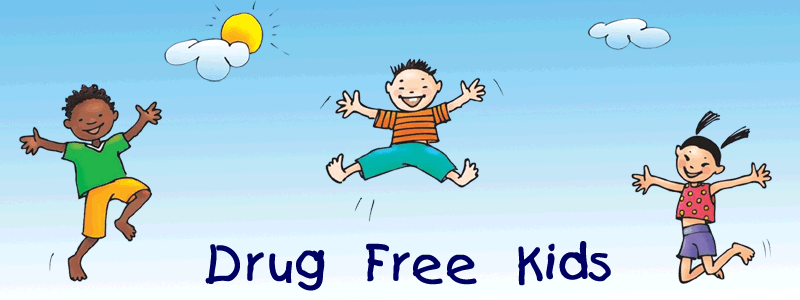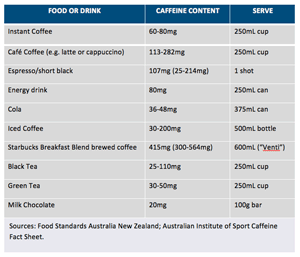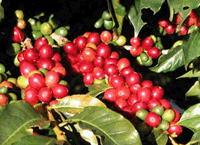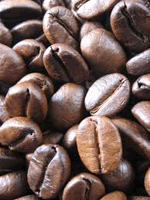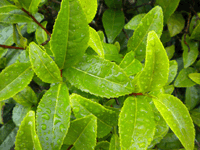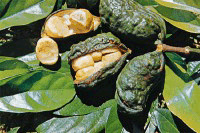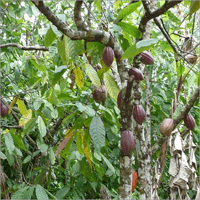Caffeine is rapidly absorbed into the body, reaching all tissues within 5 minutes and peaking in the blood in about 30 minutes. Its half life is about three and half hours and it is excreted via the kidneys.
- Blood vessels in the brain are constricted - therefore it is used as a mild pain killer.
- Blood vessels in the heart are dilated.
- Increased blood pressure and heart rate.
- Increases urination and secretion of gastric acid in the stomach.
- Drains the brain of its own naturally occuring stimulants.
- Interferes with the nerve pathways for the brain's naturally occurring sedative.
- Postpones fatigue and increases alertness and talkativeness.
Some people are more sensitive to the effects of caffeine than others. They should limit their use of caffeine. Caffeine is considerably more toxic to various animals, such as dogs and birds. This is because they have a poorer ability to metabolise the compound. Caffeine also has a pronounced effect on mollusks, various insects, and spiders. A number of experiments were conducted with spiders and their ability to weave their webs when drugged.
In 1948, a frustrated zoologist at the University of Tubingen in West Germany turned to his pharmacologist colleague, Dr Peter N Witt, for help in photographing orb-web spiders in the process of constructing their homes. The spiders normally perform this task in the dark around 5 a.m., which is not exactly ideal for movie making. The zoologist wondered if his subjects might be drugged into changing their construction time.
Young Dr. Witt had no trouble feeding the spiders sugar water spiked with various stimulants or tranquilizers, but the movie-making zoologist was not exactly pleased with the results. The drugged spiders still built their webs in the early-morning darkness, but now the resulting webs were bizarrely abnormal, as if built by a drunk.
Dr Mervyn Hardinge of Loma Linda University injected caffeine into a common spider in southern California that also builds beautiful symmetrical orbital webs. He gave it an equivalent amount of caffeine in milligrams that a 150 pound man would get from just two cups of coffee. Even twenty-four hours later the web was a mess; after forty-eight hours it was improved, but was still far from normal. After seventy-two hours, the web still lacked multiple strands and fine symmetry. Only after four days could the spider build its usual beautiful web.
Caffeine stimulates your brain into thinking you are wide awake even if your body is very tired. Since the caffeine allows you to run on nervous energy alone, when the effect wears off you are really more tired than before.


|


